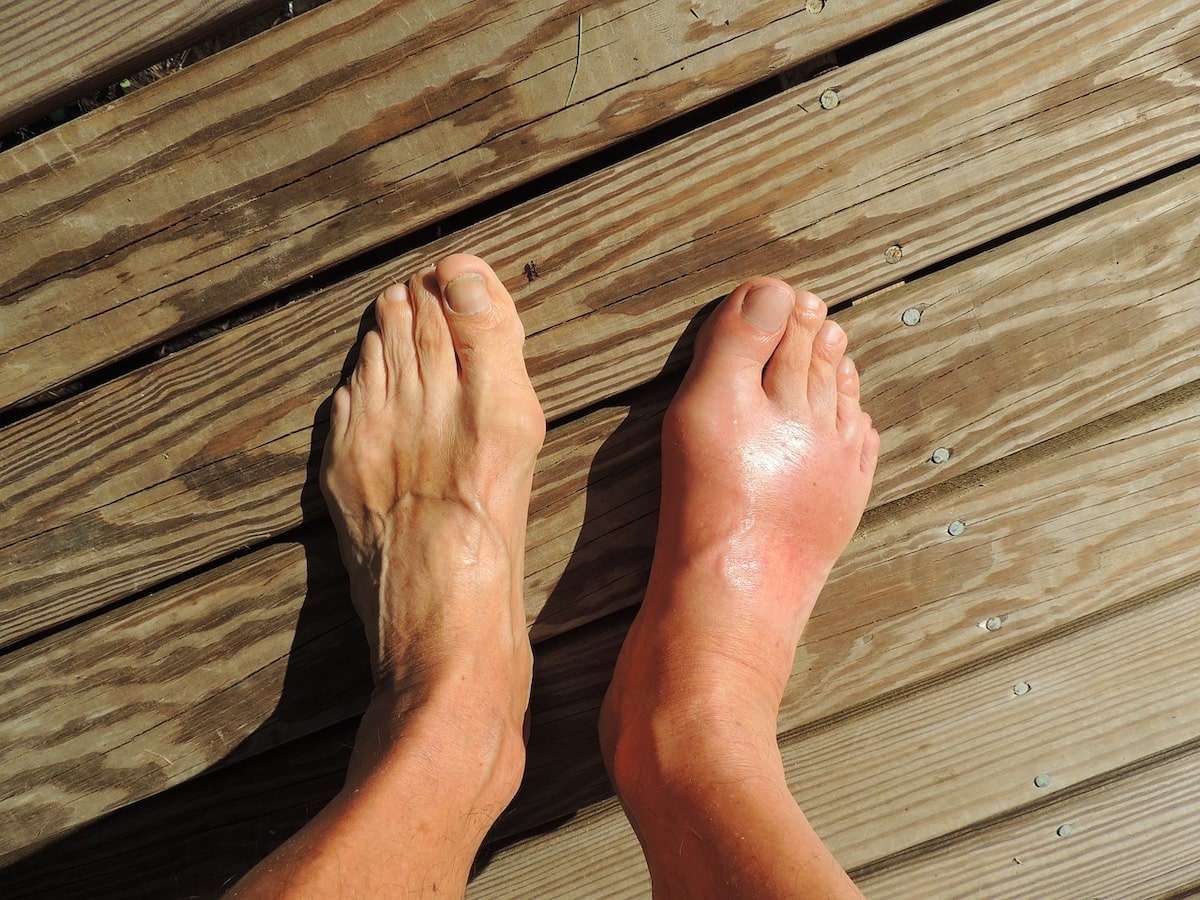If you have ever twisted your ankle bad enough to induce excessive swelling in your foot, you may have some idea what it’s like to suffer from edema. When excess fluid gets trapped in your body’s tissues, edema can form. Although it is usually found more in feet, ankles and legs, edema can affect any area of your body.
According to the Mayo clinic, there are several primary causes of edema, and medication is the remedy that is usually prescribed. Although the condition can be a sign of a more serious underlying medical issue, edema can also be effectively treated with at-home remedies such as compression socks, leg exercises and diet changes.
Main Causes
You have likely heard women complain of swollen ankles and feet during pregnancy. Edema is a very common side effect of pregnancy, but will often resolve itself after delivery. It is important to treat edema during pregnancy however, as excessive swelling can lead to blood clots and more serious complications. Edema can also become an issue once you start to exhibit premenstrual signs and symptoms.
A more common situation that can bring on edema is any type of work environment where you spend most of the day sitting or staying in one position too long. This doesn’t mean people with a desk job are the only ones impacted. Those who stand in one place without moving around much, such as a chef, retail cashier, security guard, or teacher, are also susceptible.
If your diet consists of excess sodium (salt), you may be more likely to develop edema somewhere in your body. Swelling can occur when too much salt is ingested in your body as it causes it to retain water.
Common medications like those for blood pressure, steroids, and certain diabetes medications can be linked to edema breakouts. They can also be caused by more serious underlying health issues.
While it’s important to talk to your doctor if you think you have edema, there are several simple, and effective options for treatment that you can do yourself.
How to Treat
In some cases, edema can be a sign of a more serious underlying issue; such as congestive heart failure, cirrhosis, kidney disease/damage, weakness/damage to leg veins, inadequate lymphatic system, and severe/long-term protein deficiency for example. If another disease is the cause of your edema, it can still be treated. While these situations may require medical treatment for edema, non-medical remedies have proven to be very successful in eliminating edema.
Compression socks
Compression socks, elevation and movement of your legs, massage, and reducing salt in-take have all proven to improve and treat edema in many occurrences.
For pregnant women, taking medication for edema may not be the healthiest choice. That’s why compression socks are a great remedy and preventative method to use. Wearing compression socks has been clinically proven to improve circulation which can reduce your chances of developing varicose veins, blood clots, inflammation, and swelling.
When swelling goes down, a compression sock can prevent further occurrence. By keeping steady pressure on your limb, fluid is prevented from collecting in the tissue. They don’t have to look like hospital socks or ace bandages either. Compression socks like the ones made from Comrad Socks can be stylish and colorful – no one will even know they are compression socks. They even come in a variety of materials like cotton, wool, and nylon to allow for year-round comfort.
Excercises
In addition to compression socks, you may want to try elevation, leg exercises or massage to alleviate edema symptoms. If you are sitting most of the time, adding some movement or specific exercises from your doctor may assist with pumping the excess fluid back to your heart. You can also try massaging the area, either yourself or see a professional.
Elevation can also eliminate edema symptoms. Raise your leg or swollen body part above your heart a few times a day. This can be as simple as putting up your feet in your office, or taking a break in a reclining chair at home while watching TV. Ideally, you should elevate at bedtime to get the maximum benefit (as fluid can build up during sleep). Lay on your back and place your leg or arm on a few pillows to raise.
Salt intake
Another simple adjustment you can make to prevent or soothe edema symptoms is to monitor your salt intake. Sodium increases fluid retention and will make edema worse. Talk to your doctor about how you can limit these amounts to prevent or reduce edema outbreaks.
By following one, or several of the above treatments, you can eliminate edema symptoms entirely or at least reduce them significantly. It is important to determine the origin of edema symptoms for the most useful treatment.


